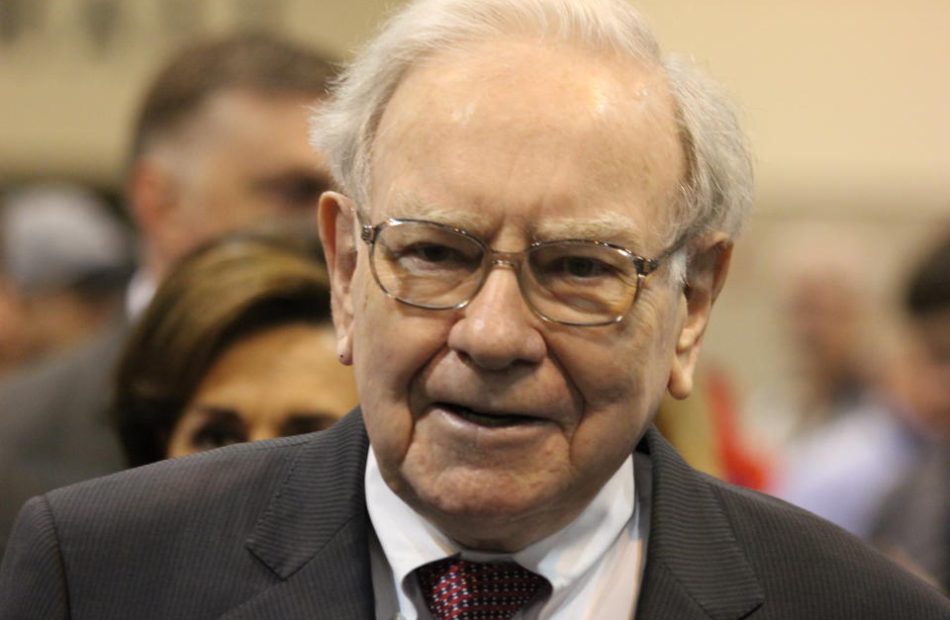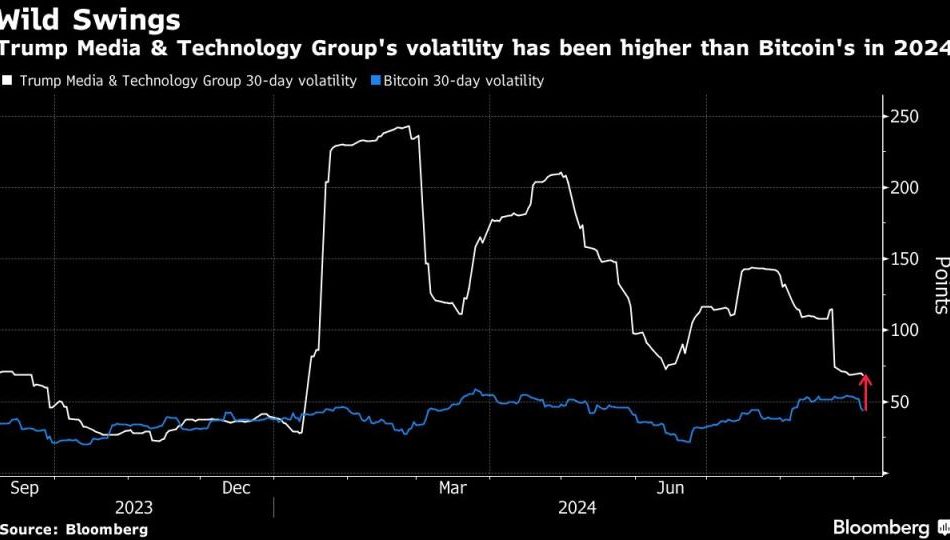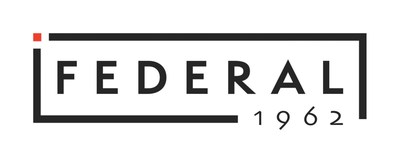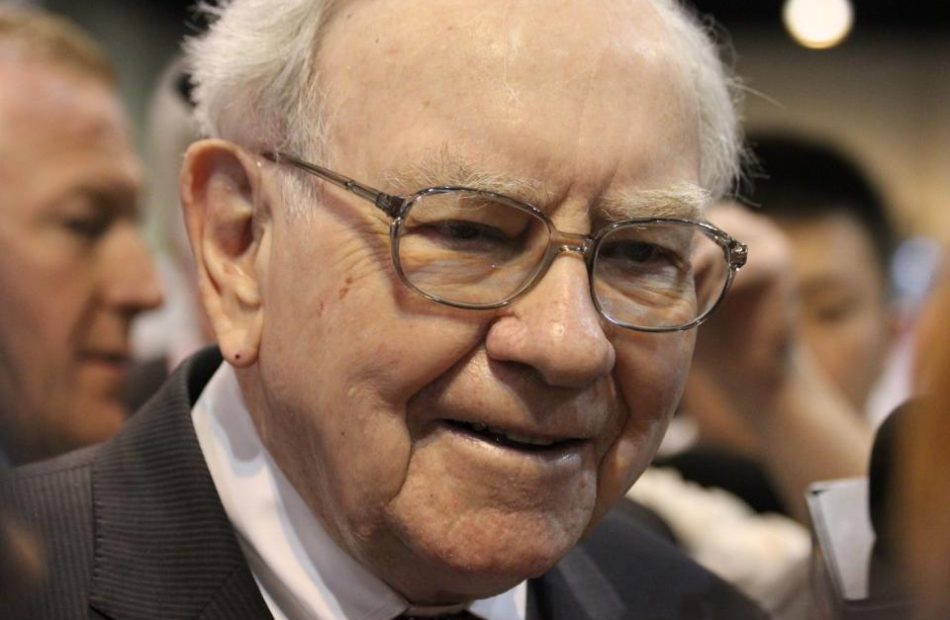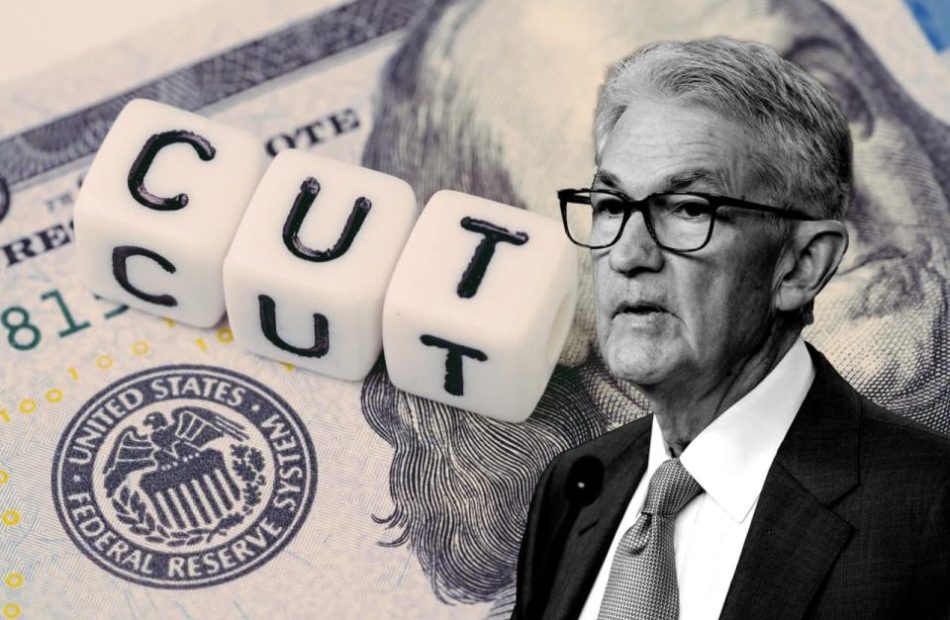Westford, USA, Sept. 05, 2024 (GLOBE NEWSWIRE) — SkyQuest projects that Global Mobile Gaming Market will attain a value of USD 417.99 Billion by 2031, with a CAGR of 17.1% during the forecast period (2024-2031). These days, mobile gamers love to play games like PUBG Mobile, Call of Duty Mobile, BGMI, and many more. The value of the worldwide game market will rise as smartphones become more and more popular. Growth prospects are expected to remain favourable in the coming years due to the combination of increasing worldwide internet service adoption and easy availability and access to online gaming.
Download a detailed overview:
https://www.skyquestt.com/sample-request/mobile-gaming-market
Browse in-depth TOC on the ” Mobile Gaming Market “
- Pages – 157
- Tables – 90
- Figures – 76
Mobile Gaming Market Overview:
| Report Coverage | Details |
| Market Revenue in 2023 | $118.22 Billion |
| Estimated Value by 2031 | $417.99 Billion |
| Growth Rate | Poised to grow at a CAGR of 17.1% |
| Forecast Period | 2024–2031 |
| Forecast Units | Value (USD Billion) |
| Report Coverage | Revenue Forecast, Competitive Landscape, Growth Factors, and Trends |
| Segments Covered | Monetization Type, Platform, Age Group and Region |
| Geographies Covered | North America, Europe, Asia-Pacific, and the Rest of the world |
| Report Highlights | Adoption of cloud gaming |
| Key Market Opportunities | Growing penetration of smartphones and internet access in emerging markets |
| Key Market Drivers | Smartphone and internet access to drive more prospects for mobile gaming |
Android Platform to Dominate the Market Due to Open-Source Nature & Extensive Developer Support
Android’s broad availability of a variety of reasonably priced devices has led to a large user base and its domination in the global mobile gaming market. Together with abundant gaming alternatives enabled by its open-source design, a wide variety of developer support is encouraged by Android. The open nature of Android and developer engagement contributes to its supremacy in mobile gaming.
Request Free Customization of this report:
https://www.skyquestt.com/speak-with-analyst/mobile-gaming-market
In-app Purchases is Largest Growing Sub-Segment Due to Desire for Personalized Experiences
As in-app purchases are integrated with the freemium model, which enables players to access games for free and spend mNoney on enhancements, they dominate the mobile gaming monetisation market. This strategy boosts earnings by taking advantage of players’ connections as well as their needs for uniqueness. This is the reason that developers have included in-game purchases which are fast-growing thus making it an expanding market.
Large Population of Smartphone Users & Mobile Games Helped North America to Dominate the Market
In 2022, the global mobile gaming market will be dominated by the North American region. The US is home to one of the largest video-game publishers; cell-tower gaming is booming. Some of the most recognizable American video game publishers are DVloper, i6 Games, Roblox Corporation, Lion Studios, Imangi Studios, Ivy, Play365, Lowtech Studios and Niantic Inc.
Mobile Gaming Market Insight
Drivers:
- Widespread Adoption of Smartphones Globally
- Deployment of 5G Networks Enhances Gaming Experiences
- Rise of the Freemium Model
Restraints:
- Fragmentation in the Android ecosystem
- New Entrants to Gain Visibility is difficulty
- Converting Players into Paying Customers Remains a Challenge
Prominent Players in Mobile Gaming Market
The following are the Top Mobile Gaming Companies
- Maruha Nichiro Corp (Japan)
- Sony (Japan)
- Activision Blizzard (USA)
- Electronic Arts (USA)
- NetEase (China)
- Google (USA)
- Microsoft (USA)
- Nintendo (Japan)
- Jam City (USA)
- Gameloft (France)
- Nexon (South Korea)
- Square Enix (Japan)
- Supercell (Finland)
- Ubisoft (France)
- Zynga (USA)
Key Questions Answered in Global Mobile Gaming Market Report
- What is the estimated market size for mobile gaming worldwide by 2031?
- Which platform, with its abundance of developer support and open-source nature, is anticipated to rule the mobile gaming industry?
- Which is one of the main factors propelling the global mobile gaming market’s expansion?
View report summary and Table of Contents (TOC):
https://www.skyquestt.com/report/mobile-gaming-market
This report provides the following insights:
- Analysis of key drivers (Large user base for mobile games, faster download speeds & low latency during online gaming, integration of social features & multiplayer options and availability of a wide range of gaming genres), restraints (Increasing concerns over data privacy & security, protecting Increasing concerns over data privacy and security and gaming content monetization) opportunities (integration of AR and VR, rise of mobile esports & competitive gaming and development of cloud gaming platforms), and challenges (Maintaining long-term user engagement and difficult for individual games to stand out) influencing the growth of mobile gaming market
- Market Penetration: Comprehensive information on the product portfolios offered by the top players in the mobile gaming market
- Product Development/Innovation: Detailed insights on the upcoming trends, R&D activities, and product launches in the mobile gaming market
- Market Development: Comprehensive information on lucrative emerging regions
- Market Diversification: Exhaustive information about new products, growing geographies, and recent developments in the market
- Competitive Assessment: In-depth assessment of market segments, growth strategies, revenue analysis, and products of the leading market players.
Related Reports:
Mobile Device Management Market
About Us:
SkyQuest is an IP focused Research and Investment Bank and Accelerator of Technology and assets. We provide access to technologies, markets and finance across sectors viz. Life Sciences, CleanTech, AgriTech, NanoTech and Information & Communication Technology.
We work closely with innovators, inventors, innovation seekers, entrepreneurs, companies and investors alike in leveraging external sources of R&D. Moreover, we help them in optimizing the economic potential of their intellectual assets. Our experiences with innovation management and commercialization has expanded our reach across North America, Europe, ASEAN and Asia Pacific.
Contact:
Mr. Jagraj Singh
Skyquest Technology
1 Apache Way,
Westford,
Massachusetts 01886
USA (+1) 351-333-4748
Email: sales@skyquestt.com
Visit Our Website: https://www.skyquestt.com/

Market News and Data brought to you by Benzinga APIs
© 2024 Benzinga.com. Benzinga does not provide investment advice. All rights reserved.
